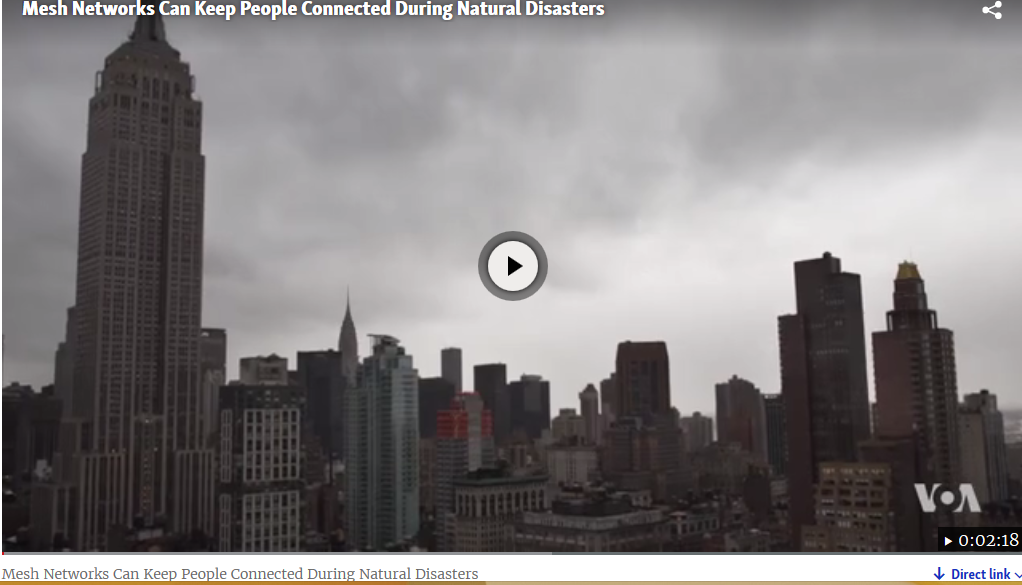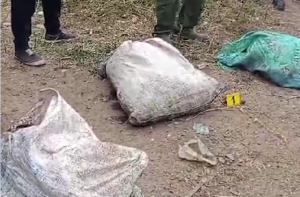Mesh Networks Can Keep People Connected During Natural Disasters

Mesh Networks Can Keep People Connected During Natural Disasters
“It really all boils down to the ‘central point of failure’ problem,” said Daniela Perdomo. “If the central infrastructure goes down, everyone who plugs into it is also disconnected.”
Perdomo would know. When Superstorm Sandy hit New York City in 2012, lower Manhattan was left in the dark, with no electricity or connectivity.
Unable to use cellular networks, the New Yorker and her brother eventually decided to do something about it. The two co-founded goTenna, a line of products that use low-frequency radio waves to send SMS text messages and GPS information.
Their latest product is the goTenna Mesh, a mesh networking device that works independently of traditional cellular networks.
Originally developed for military use, mesh networks spread connectivity over multiple nodes, or connection points, that communicate with each other.
Strength in numbers
“Any individual Wi-Fi device doesn’t reach very far, but if you can chain many of them together, then you can provide access over a wider area,” said Joshua King, lead developer at Commotion Wireless, an open-source software initiative for mesh networks.
If at least one node is connected to the internet, the signal can be shared and multiple users can connect as well. If there is no internet connection, a mesh network can still function as a hyperlocal server for emergency information and basic messaging, like texts.
In emergency situations like Hurricane Harvey, this basic network can mean the difference between life and death.
King said the advantage of mesh networks is that they are dynamically routed — if one node goes down, others take its place. “A mesh network can potentially route around any kind of damage, if there is another path for the traffic to go,” he said.
“The idea is to make telecommunication systems more modular, more distributed. So that even if centralized points fail, you would still have working telecommunications in different areas,” said Greta Byrum, director of the Resilient Communities program at research institution New America.
Centralized systems’ flaws
King and Byrum were at a recent Columbia University forum called Sneakercon to discuss the buildout of offline networks in local communities.
“I think it’s important for thinking about the future of utilities and telecommunications, because we’re finding more and more that centralized systems just don’t make sense at scale,” Byrum said.
Byrum and her colleagues teach communities how to build their own mesh networks using everyday, off-the-shelf equipment. In a workshop at Sneakercon, participants were learning to make their own “PNKs” or Portable Network Kits, using wireless routers and small portable computers like the Raspberry Pi.
“[It’s] about community control, community power,” said Byrum. “People start thinking about things like telecommunications sovereignty — who controls the internet, who controls what we say online, who benefits from it, who gets the data?”
“Why can’t we empower people to create their own connectivity?” said Perdomo, “And create more of a people-powered, bottom-up network as opposed to a heavy infrastructure top-down network?”
When it comes to weathering the storm, mesh networks are restoring power in more ways than one.























